The threats posed by rogue drones at airports and other critical facilities continue to grow. For example, Belgian authorities have been on high alert following recent drone activity near a nuclear power plant and at the Brussels airport, and airports in Denmark, Spain, Norway, and Germany have been forced to suspend service and conduct investigations in the wake of mysterious drone activity.
In the U.S., the presence of unidentified drones near airports have raised serious concerns. At a Senate hearing conducted this past summer, Reuters reported, aviation officials said that “there have been 3,000 drone events near American airports since 2021.” This drone activity has forced 11 aircraft to take “evasive action to avoid collisions.”

According to John Halinski, director the security consulting firm SRI Group, drones can cause a number of serious problems at airports, including disrupting arriving and departing flights and facilitating the smuggling of drugs and explosives. Halinski said that drone activity can even lead to a total shut down of an airport, a move that can cost larger facilities “about $6 million an hour.” Moreover, he said, “drones can cause a loss of confidence in the capability of that installation to protect itself.”
Given the severity of the problems, the need for strong counter-UAS programs at airports is clear. However, many airports do not have plans in place to address the threat. “Unfortunately, due to regulations and a great fear that anything ‘counter drone’ will interfere with normal air traffic, there has been, in my opinion, a hesitancy to employ effective counter drone systems and processes,” Halinski stated.
To address this problem, SRI Group has partnered with counter drone solutions provider DroneShield to help airports determine their levels of vulnerability and develop effective counter-UAS processes and procedures. Recently, the two companies collaborated on White Paper: Best Practices for Counter-Drone Deployment at Civil Airports. The publication discusses the threats posed by rogue drones, evaluates approaches to counter-UAS, presents cases studies, and more. In a statement, the partners explained that the white paper was “developed to help airports and regulators worldwide understand the scale of the drone threat, the technology available now, and the best practice frameworks available to address it.”

At the same time, DroneShield and SRI Group have begun offering an online assessment service to help airports determine their problems and find ways to address them. DroneShield Director of Public Safety Tom Adams told Commercial UAV News that the assessment can not only help airport personnel find better ways to address potential drone threats—they can help officials realize that they actually have a problem in the first place.
“I've had conversations with some people that that are responsible for operations and security at airports, and some of them flat out said, ‘I don't have a drone problem,’” Adams reported. The SRI Group-DroneSheild assessment, he said, “gives people a tool to start to slow down and assess the threat a little bit better.”
For SRI Group and DroneShield, the assessment can go a long way to help airport officials determine threat levels, identify technologies and equipment to address specific needs, and more. Looking forward, efforts like their collaboration, combined with increased training of airport personnel around drone security and more cohesive requirements put forth by government entities will go a long way to help address the threats posed by rogue drones.
“I think we're going to see a lot of movement the next couple of years around airports, stadiums, and open-air venues that are considered part of critical infrastructure,” Adams stated. “I think we're going to start to see a lot more activities going on in the detection and mitigation side, at least here in the U.S.”
However, Adams believes, a reluctance to invest in counter-UAS technology may slow progress. “There's a there's a lot of hesitation to invest money in this technology, because it can become outdated—or a lot of people perceive it can become outdated—very quickly,” he said.
To address this issue, counter-UAS firms need to make regular updates and enhancements. “One of the things that we do at DroneShield is we have quarterly updates for our hardware and software to continue to evolve the capabilities, to minimize that concern over investing in this type of technology,” Adams explained. “I think it's important that these capabilities scale and evolve with customers and their needs.”


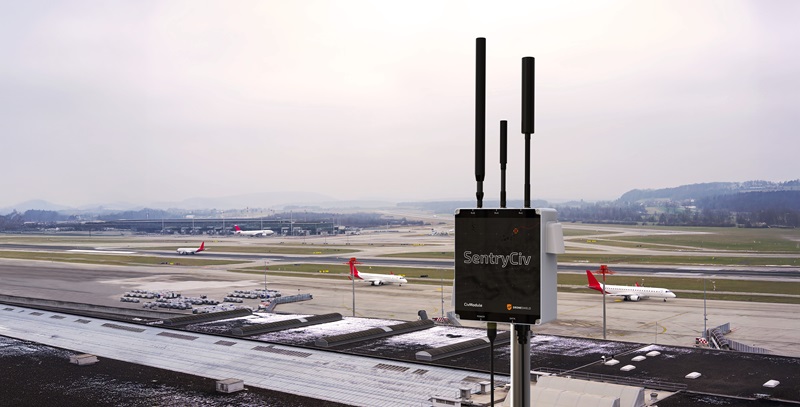

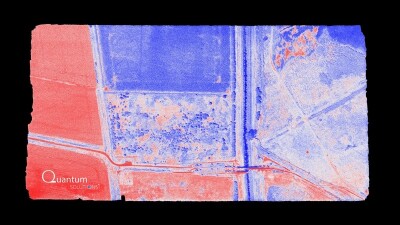
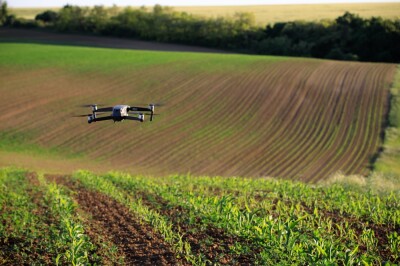
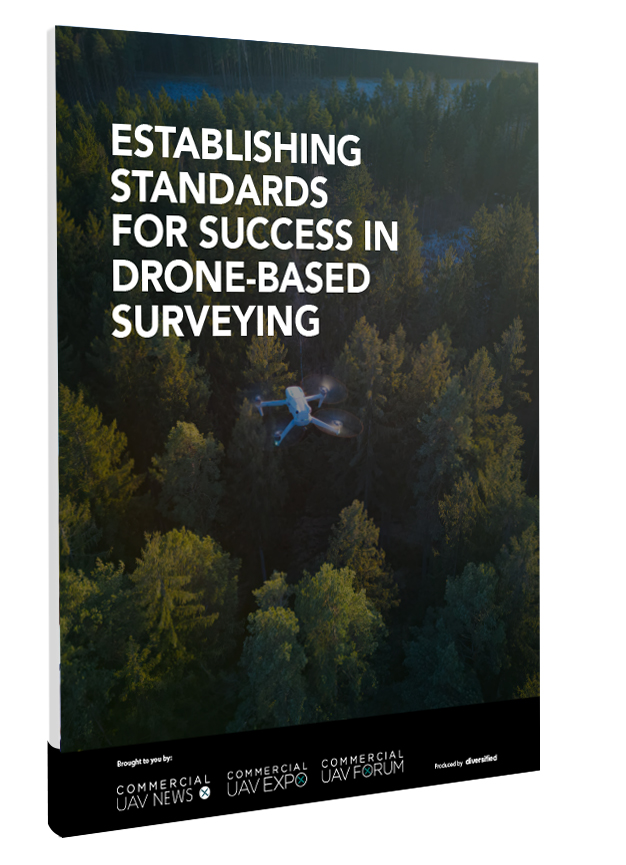
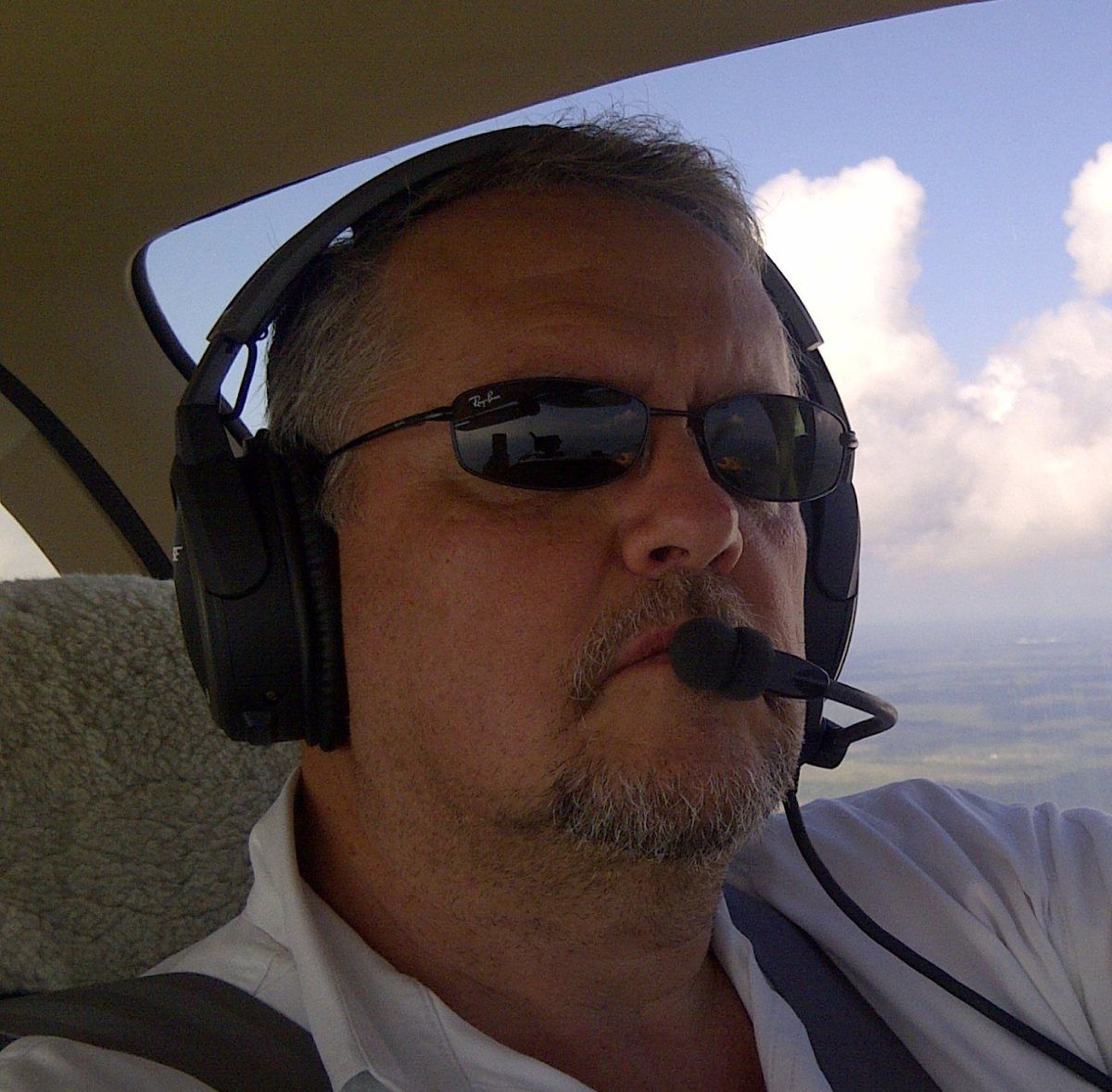




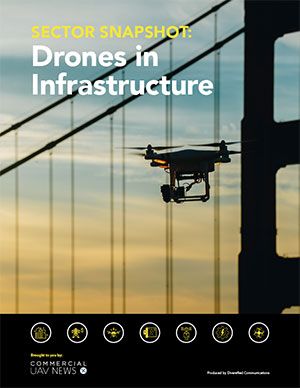
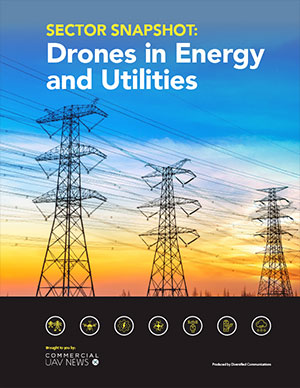
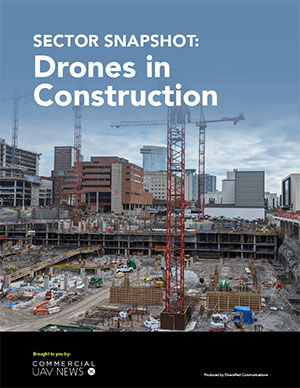
Comments